literacy and numeracy week
Celebrated on 29th -4th September, this week recognises that literacy and numeracy are the cornerstones of learning. The most recent OECD Program for International Student Assessment reveals more than half Australian students fail to reach proficiency standards in maths and 43% fail to become proficient in reading. Australian students are four years behind Singaporian students in maths and more than two years behind in reading and science.
The report also grades Australian classrooms as amongst the most disruptive ( in terms of disorder and noise.) We rank 71 out of 81! This makes me question the role of ‘student- centric learning’, the fashion of recent years. The teacher is seen as a guide or partner in the child’s education, not as a responsible adult familiar with educational philosophy. Education moved from a system based on knowledge, facts and experience to one based on political ideology.


This appalling information was published around the same time as the Australian Education Union rejected the Victorian Education Minister’s directive that all school in that state would employ the explicit teaching of phonics for a minimum of 25 minutes a day. The union says this displays a breathtaking disregard for teachers and advised their members to ignore it. Phonics is one of the most efficient and powerful ways for children to learn to read and spell.
Countries performing well according to statistics, employ ‘old fashioned’ educational styles. The slightest errors (eg. forgetting a pen) can result in demerits (two equal detention). The students sit up straight, all facing the front. Strict and explicit teaching methods, walking quietly between classes and being prepared plus greeting teachers politely are some of the criteria putting the children at these schools in the highest performing levels. Many are in disadvantaged areas. There is enormous parental support for these schools.
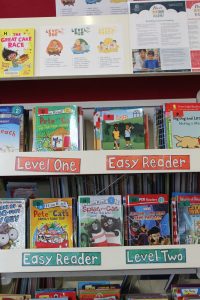

(Some of these figures are taken from an article written by Colleen Harkin, published 31 July 2024.) https://www.spectator.com.au/author/colleen-harkin
printing
Following the felting activity last week, I did a printing session this week. No, not learning upper and lower case letter formation! We created a template from a milk carton, inked it, pressed paper over the template then rubbed the paper to transfer the image onto the paper. Basic but satisfying activity.
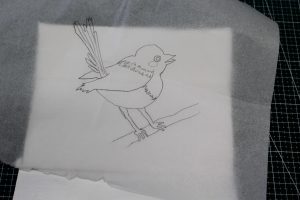
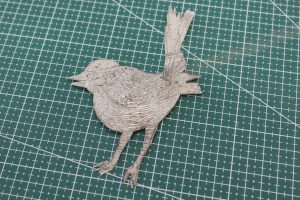

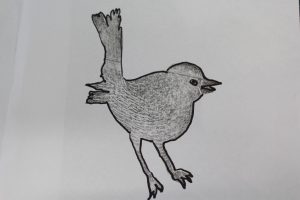

Not really pleased with my print but next week will refine the activity.
reading
Piglet, by Lottie Hazell, was a very popular book earlier this year. Now I’ve read it, too. This is the story of Kit and Piglet getting married. Thirteen days before the wedding Kit reveals an awful truth ( it’s never actually named, but you imagine infidelity). They go ahead. They’ve bought and decorated a house, planned a honeymoon, sorted the flowers, the feast, her parents have paid for the wedding gown and all is set to go.
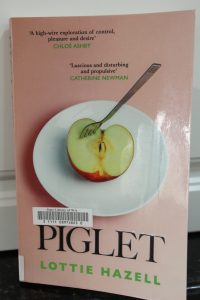

I was very surprised at the complex planning that goes into a grand wedding and the cost. Do the bride’s parents still pay for the wedding? This wedding was very grand until Piglet, the bride, realised at the altar she didn’t want to go ahead. The dream was spoilt. What happened next was pretty awful.
Piglet is a successful publisher of cookery books and I wondered what she was called at work. Her family, his family and all their friends called her Piglet, or Pig. Her family called her that as a child because she had a healthy appetite. Awkward name for an adult. Her younger sister was anorexic. This is a story about appetite and ambition.
I can see why it was a popular bookclub book. Feisty discussions, I’m sure!
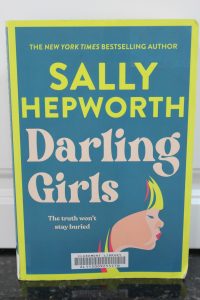

I also read Sally Hepworth’s Darling Girls. We follow the lives of several girls in a toxic foster house. A sobering book but it does have a happy ending. I’ve read other books by Hepworth, an Australian author. This is a thrilling psychological murder story. Hepworth apparently interviewed social workers, psychologists, police, lawyers and foster families before writing this book. I read it in a day and a half. Not much else got done.
